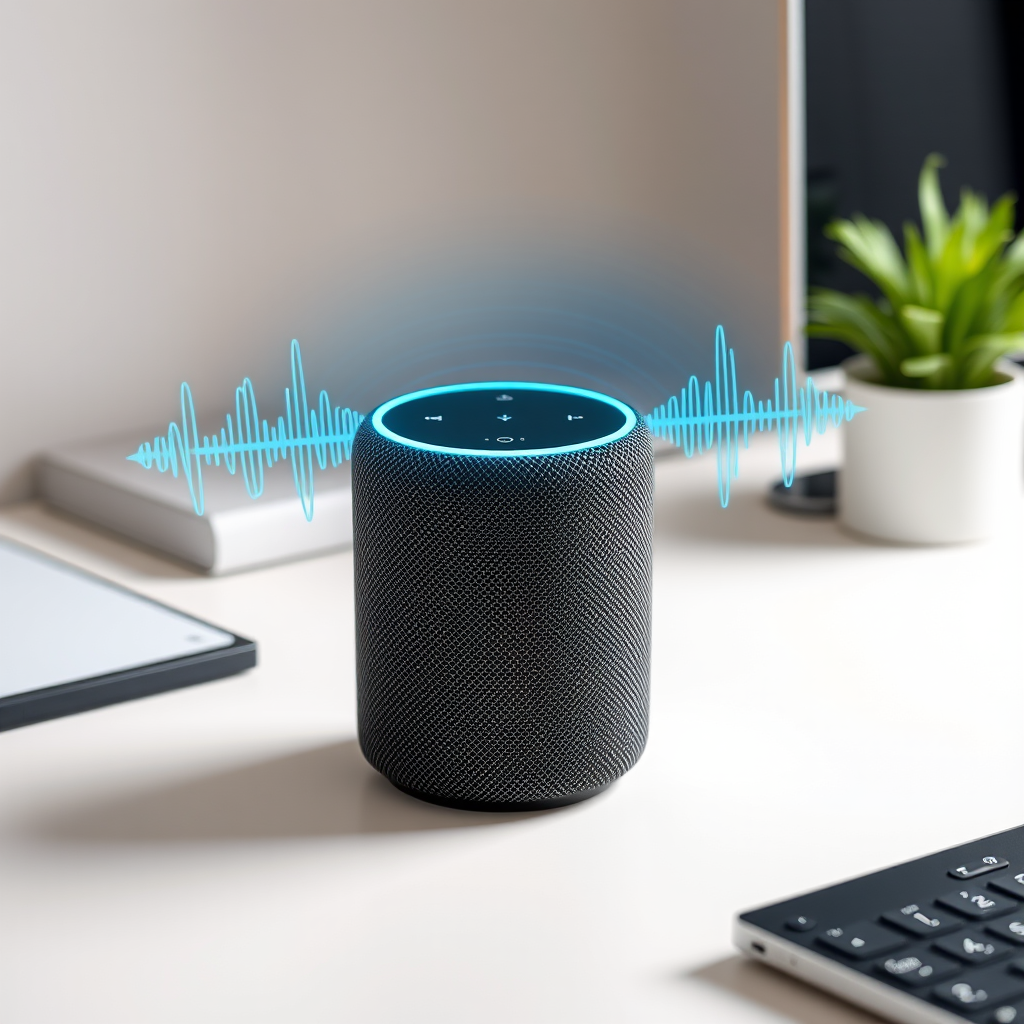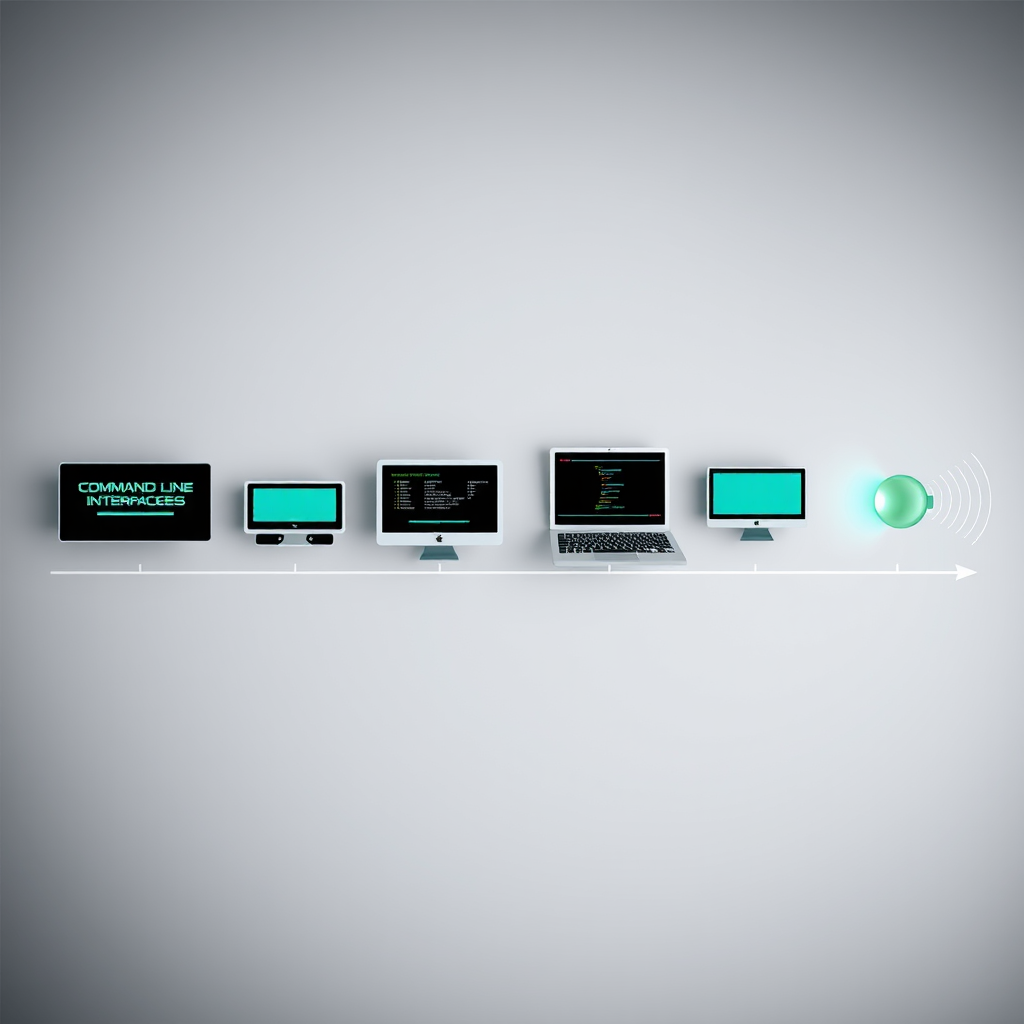
Voice-activated systems are fundamentally transforming how we interact with technology, moving us away from traditional touch and click interfaces toward more natural, conversational experiences that mirror human communication patterns.
The evolution of voice interfaces represents one of the most significant shifts in user experience design since the introduction of graphical user interfaces. As digital behavior continues to adapt to new interaction paradigms, we're witnessing a profound change in how people engage with modern platforms and productivity tools.
The Natural Evolution of Interface Design
Voice interfaces didn't emerge in isolation—they represent the logical progression of interface design toward more intuitive, human-centered interactions. Traditional graphical interfaces required users to learn specific visual languages and navigation patterns. Voice interfaces, however, leverage our most natural form of communication: speech.

This shift has profound implications for user habits and daily routines. People no longer need to interrupt their physical activities to interact with digital systems. Whether cooking, driving, or working with their hands, users can maintain their workflow while accessing information and controlling devices through voice commands.
Design Challenges in Conversational UI
Creating effective conversational interfaces presents unique UX trends and challenges that differ significantly from traditional interface design. Unlike visual interfaces where users can see all available options, voice interfaces must guide users through invisible menus and possibilities.
"The challenge isn't just making computers understand human speech—it's designing conversations that feel natural while remaining functionally effective."
Designers must consider context, user intent, error handling, and the delicate balance between providing enough information without overwhelming the user. The absence of visual cues means that conversational interfaces must excel at:
- Clear feedback and confirmation
- Intuitive error recovery
- Context awareness and memory
- Natural language processing accuracy
Accessibility and Inclusive Design
Voice interfaces have opened new possibilities for accessibility in digital life. For users with visual impairments, motor disabilities, or other physical limitations, voice interaction provides unprecedented access to technology and online interaction opportunities.

This accessibility improvement extends beyond traditional disability considerations. Voice interfaces benefit anyone in situations where visual attention is divided or hands are occupied—from parents caring for children to professionals working in hands-on environments.
Cultural Shift Toward Hands-Free Digital Experiences
The adoption of voice interfaces reflects broader changes in app usage patterns and behavior insights. People increasingly expect technology to adapt to their routines rather than requiring them to adapt to technology's limitations.
In homes, voice-activated assistants have become central hubs for controlling smart devices, accessing information, and managing daily routines. This shift represents a move toward ambient computing—technology that exists in the background, ready to assist when needed without demanding constant attention.
Workplace Integration
Professional environments are also embracing voice interfaces for routine tracking and productivity enhancement. Voice-to-text applications, meeting transcription services, and hands-free device control are becoming standard tools in modern workplaces.

The integration of voice interfaces in mobile platforms has been particularly transformative. Smartphones, once primarily touch-based devices, now offer comprehensive voice control options that allow users to perform complex tasks without ever touching the screen.
The Future of Conversational Interfaces
As voice recognition technology continues to improve and natural language processing becomes more sophisticated, we can expect even more seamless integration of conversational interfaces into our digital experiences. The technology is moving toward understanding context, emotion, and nuanced communication patterns.
This evolution will likely influence interface design across all platforms, pushing designers to consider voice-first approaches even in traditionally visual applications. The result will be more inclusive, accessible, and naturally intuitive digital experiences that better serve diverse user needs and preferences.
Key Takeaways
- Voice interfaces represent a fundamental shift toward more natural human-computer interaction
- Design challenges focus on invisible navigation and contextual understanding
- Accessibility improvements benefit users with disabilities and situational limitations
- Cultural adoption reflects desire for technology that adapts to human routines
- Future development will emphasize context awareness and emotional intelligence
The rise of voice interfaces marks a pivotal moment in the evolution of user experience design. As these technologies continue to mature, they will undoubtedly reshape our expectations of how technology should respond to human needs, creating more intuitive and accessible digital experiences for everyone.